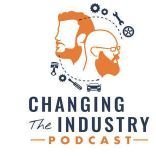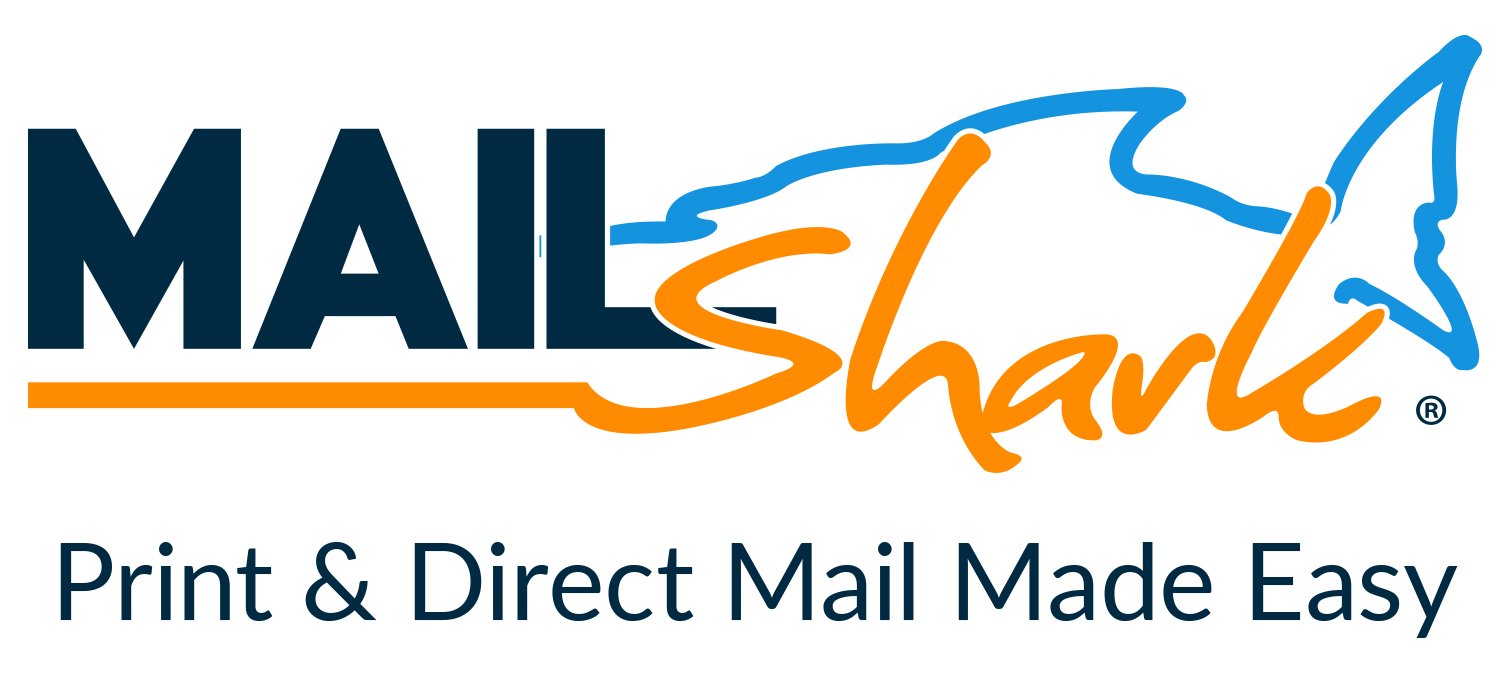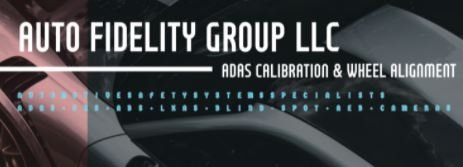Average age of vehicles on U.S. roads hits 11.8 years
-
Available Subscriptions
-
Have you checked out Joe's Latest Blog?
-
By Joe Marconi in Joe's Blog0 commentsIt always amazes me when I hear about a technician who quits one repair shop to go work at another shop for less money. I know you have heard of this too, and you’ve probably asked yourself, “Can this be true? And Why?” The answer rests within the culture of the company. More specifically, the boss, manager, or a toxic work environment literally pushed the technician out the door.
While money and benefits tend to attract people to a company, it won’t keep them there. When a technician begins to look over the fence for greener grass, that is usually a sign that something is wrong within the workplace. It also means that his or her heart is probably already gone. If the issue is not resolved, no amount of money will keep that technician for the long term. The heart is always the first to leave. The last thing that leaves is the technician’s toolbox.
Shop owners: Focus more on employee retention than acquisition. This is not to say that you should not be constantly recruiting. You should. What it does means is that once you hire someone, your job isn’t over, that’s when it begins. Get to know your technicians. Build strong relationships. Have frequent one-on-ones. Engage in meaningful conversation. Find what truly motivates your technicians. You may be surprised that while money is a motivator, it’s usually not the prime motivator.
One last thing; the cost of technician turnover can be financially devastating. It also affects shop morale. Do all you can to create a workplace where technicians feel they are respected, recognized, and know that their work contributes to the overall success of the company. This will lead to improved morale and team spirit. Remember, when you see a technician’s toolbox rolling out of the bay on its way to another shop, the heart was most likely gone long before that.
-
-
Similar Topics
-
By carmcapriotto
Thanks to our Partner, NAPA Autotech
Matt Fanslow reflects on the profound influence of his mentor, Jim Wilson. He discusses Jim's unique diagnostic approach and the importance of networking and continuous learning from industry stalwarts.
Show Notes
The influence of mentorship (00:00:11) Learning from case studies (00:02:35) Diagnostic techniques (00:05:00) Understanding DTCs (00:07:39) Diagnostic strategies (00:12:10) Networking and mentorship (00:17:53) Facebook Groups (00:18:53) Learning from Archives and Mentors (00:22:25)
Thanks to our Partner, NAPA Autotech napaautotech.com
Email Matt: [email protected]
Diagnosing the Aftermarket A - Z YouTube Channel HERE
Aftermarket Radio Network: https://aftermarketradionetwork.com/
Click to go to the Podcast on Remarkable Results Radio
-
By carmcapriotto
Thanks to our Partners, AAPEX, NAPA TRACS, and Automotive Management Network Dan and Dave Ostrov, co-founders of Whiterail Recruits, discuss recruiting challenges and strategies in the automotive industry. The conversation highlights the use of technology and marketing to address labor shortages, the issue of ghosting, and the importance of building relationships with potential candidates. Dan and Dave Ostrov, Whiterail Recruits Show Notes
Recruiting in the Automotive Industry (00:00:01) The topic of recruiting in the automotive industry and the challenges faced by shop owners. The Use of Technology and Marketing in Recruiting (00:04:24) Using marketing automation and technology to address the challenges of finding qualified labor in the industry. Addressing the Issue of Ghosting (00:07:16) A discussion on the problem of ghosting in the recruiting process and how technology can be used to mitigate it. Building Relationships with Potential Candidates (00:14:12) The importance of building relationships with potential candidates and the value of investing time and energy into mentoring and communicating with them. Adapting Recruiting Strategies (00:11:03) A discussion on the need to adapt recruiting strategies to find the best candidates, including those who may not be actively looking for jobs on traditional platforms like Indeed. Finding Unhappy People (00:19:35) Discussion on finding people unhappy in their jobs and unable to move forward. Using Technology in Recruiting (00:20:43) The importance of using cell phones and display advertising to reach potential candidates. Chat-Based Hiring Technology (00:22:15) The benefits of using chat-based hiring technology to streamline the application process. The Role of AI in Recruiting (00:25:40) Discussion on the role of AI in recruiting and the potential concerns about its effectiveness. Maintaining Momentum in Recruitment (00:27:43) The importance of maintaining communication and momentum with qualified candidates. Cultural Fit in Hiring (00:29:33) Strategies for assessing cultural fit during the interview process. Building a Bench of Candidates (00:34:35) Introduction of the "bullpen" technology to build a pool of qualified candidates for future hiring needs. Delegating Hiring to Store Managers (00:37:39) Upcoming technology to delegate the hiring process to individual store managers in larger shops. Thanks to our Partners, AAPEX, NAPA TRACS, and Automotive Management Network Set your sights on Las Vegas in 2024. Mark your calendar now … November 5th-7th, 2024. AAPEX - Now more than ever. And don’t miss the next free AAPEX webinar. Register now at http://AAPEXSHOW.COM/WEBINAR NAPA TRACS will move your shop into the SMS fast lane with onsite training and six days a week of support and local representation. Find NAPA TRACS on the Web at http://napatracs.com/ Get ready to grow your business with the Automotive Management Network: Find on the Web at http://AftermarketManagementNetwork.com for information that can help you move your business ahead and for the free and informative http://LaborRateTracker.com Connect with the Podcast: -Follow on Facebook: https://www.facebook.com/RemarkableResultsRadioPodcast/ -Join Our Private Facebook Community: https://www.facebook.com/groups/1734687266778976 -Join Our Virtual Toastmasters Club: https://remarkableresults.biz/toastmasters -Subscribe on YouTube: https://www.youtube.com/carmcapriotto -Follow on LinkedIn: https://www.linkedin.com/in/carmcapriotto/ -Follow on Instagram: https://www.instagram.com/remarkableresultsradiopodcast/ -Follow on Twitter: https://twitter.com/RResultsBiz -Visit the Website: https://remarkableresults.biz/ -Join our Insider List: https://remarkableresults.biz/insider -All books mentioned on our podcasts: https://remarkableresults.biz/books -Our Classroom page for personal or team learning: https://remarkableresults.biz/classroom -Buy Me a Coffee: https://www.buymeacoffee.com/carm -The Aftermarket Radio Network: https://aftermarketradionetwork.com -Special episode collections: https://remarkableresults.biz/collections
Click to go to the Podcast on Remarkable Results Radio
-
By Joe Marconi
Premium Member Content
This content is hidden to guests, one of the benefits of a paid membership. Please login or register to view this content.
-
By carmcapriotto
Thanks to our Partners, AAPEX, NAPA TRACS, and Automotive Management Network Matt Fanslow and Carm Capriotto share their experiences at the NAPA Autotech Training Research Center in Canton, OH. Matt highlights the importance of safety and professional training in handling high-voltage systems in electric and hybrid vehicles. Both emphasize the need for shops to invest in ongoing education, advanced tools, and equipment to stay ahead in the evolving automotive industry, particularly with the rise of ADAS and EV technologies. Matt Fanslow, Senior Technology Specialist and shop manager, Riverside Automotive, Red Wing, MN. Matt’s previous episodes HERE Matt Fanslow Podcast: Diagnosing the Aftermarket A to Z Show Notes
Watch Full Video Episode Buffalo Wing Challenge: https://www.youtube.com/watch?v=zRNmpKMNcCg Kansas City Chicken Wing Challenge: https://www.youtube.com/watch?v=gblPWsIA3A4 Advanced Fundamentals of Krispy Kreme Waffles with Isaac Rodell: https://youtu.be/7v1PwWYHPFA?si=0ZgIyXLtNNinslZO The Brakes for Breasts initiative (00:00:01) https://www.brakesforbreasts.com/ Arrival at the NAPA EV Ready Training Center (00:01:22) Carm and Matt Fanslow arrive at the NAPA EV Ready Training Center in Canton, OH and discuss their impressions of the facility. Impressions of the EV training (00:01:44) Matt Fanslow expresses his initial skepticism about the EV training but is impressed by the curriculum, presentation, and passion of the instructor Bill Weaver. Importance of safety in EV training (00:03:19) Matt Fanslow emphasizes the importance of safety in working with high voltage systems and the need for a healthy respect for the dangers involved. Learning and reinforcing knowledge (00:06:35) Matt Fanslow discusses the importance of learning and reinforcing knowledge. Understanding electrical safety (00:08:05) Matt Fanslow and Carm discuss the importance of understanding electrical safety, including concepts like ghost voltage and arc flash. The need for respect and preparation in EV business (00:16:28) The need for respect and preparation in entering the EV business, urging shops to be proactive rather than reactive. The Evolution of Technology in the Automotive Industry (00:21:56) Highlighting the significance of staying updated with technological advancements and the impact on the automotive industry. Preparing for the Future of EVs (00:25:45) Discussion about the proactive approach to preparing for the future of electric vehicles and the need for specialized equipment and training. The Complexities and Responsibilities of Working with EVs (00:28:16) Addressing the complexities and responsibilities involved in working with electric vehicles and the need for specialized knowledge and training. Safety and Standards in EVs (00:31:55) Discussion about safety precautions and standards in dealing with electric vehicles and the differences between regions. Tools and Equipment for EV Maintenance (00:33:20) Exploring the necessity and benefits of specialized tools and equipment for maintaining electric vehicles. Respecting High Voltage Systems (00:36:09) Emphasizing the importance of respecting and being cautious around high voltage systems in electric vehicles. Thanks to our Partners, AAPEX, NAPA TRACS, and Automotive Management Network Set your sights on Las Vegas in 2024. Mark your calendar now … November 5th-7th, 2024. AAPEX - Now more than ever. And don’t miss the next free AAPEX webinar. Register now at http://AAPEXSHOW.COM/WEBINAR NAPA TRACS will move your shop into the SMS fast lane with onsite training and six days a week of support and local representation. Find NAPA TRACS on the Web at http://napatracs.com/ Get ready to grow your business with the Automotive Management Network: Find on the Web at http://AftermarketManagementNetwork.com for information that can help you move your business ahead and for the free and informative http://LaborRateTracker.com Connect with the Podcast: -Follow on Facebook: https://www.facebook.com/RemarkableResultsRadioPodcast/ -Join Our Private Facebook Community: https://www.facebook.com/groups/1734687266778976 -Subscribe on YouTube: https://www.youtube.com/carmcapriotto -Follow on LinkedIn: https://www.linkedin.com/in/carmcapriotto/ -Follow on Instagram: https://www.instagram.com/remarkableresultsradiopodcast/ -Follow on Twitter: https://twitter.com/RResultsBiz -Visit the Website: https://remarkableresults.biz/ -Join our Insider List: https://remarkableresults.biz/insider -All books mentioned on our podcasts: https://remarkableresults.biz/books -Our Classroom page for personal or team learning: https://remarkableresults.biz/classroom -Buy Me a Coffee: https://www.buymeacoffee.com/carm -The Aftermarket Radio Network: https://aftermarketradionetwork.com -Special episode collections: https://remarkableresults.biz/collections
Click to go to the Podcast on Remarkable Results Radio

-
By Changing The Industry
Has Certification Testing Been Dumbed Down? #podcast #automotivebusiness #carrepair
-
-
-
Our Sponsors














Recommended Posts
Create an account or sign in to comment
You need to be a member in order to leave a comment
Create an account
Sign up for a new account in our community. It's easy!
Register a new accountSign in
Already have an account? Sign in here.
Sign In Now